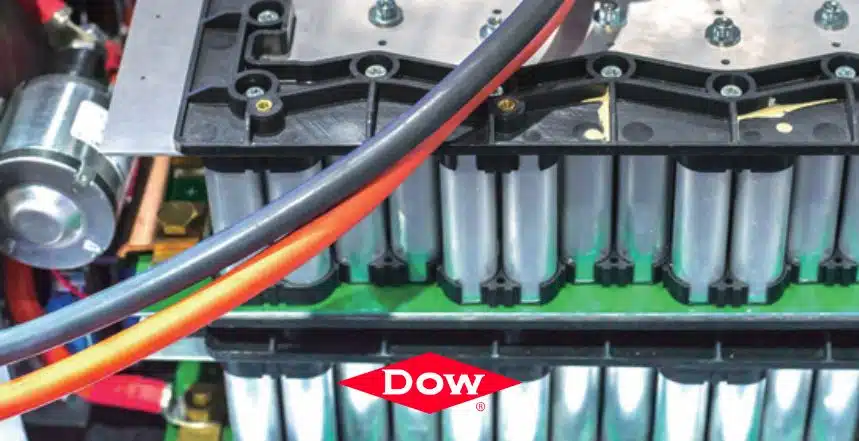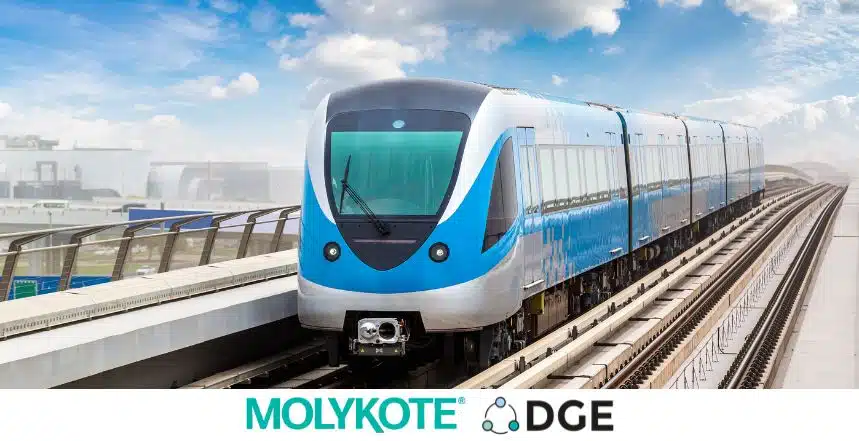Introduction to Lubricants for Air Management Systems
The ever-increasing demands of manufacturers, customers and legislators mean the air management systems in modern combustion engines need to be assessed as part of a bigger picture.
New emission targets for CO2 and nitrogen oxide (NOx) plus acoustic requirements have all significantly increased the need for measurement and control accuracy in air intake systems. At the same time, the interactions between individual components and systems in the air supply are multiplying. Taken together, these challenges are fueling the need for new solutions.
Air Management Systems and the Modern Combustion Engine
Put simply, the air management system and its components manage the flow of air into a combustion engine and the flow of exhaust gases out of it. The engine is essentially a gas-powered pump: filtered and metered air is sucked in, together with fuel.
This mixture then gets compressed and ignited to hugely increase gas volume, pushing the pistons down and creating mechanical action. Finally, the exhaust – or “spent” – gas from the engine is released.
Exhaust Gas Recirculation Up Close
The purpose of exhaust gas recirculation (EGR) is to increase the engine’s output performance, while improving fuel economy, lowering emissions and decreasing noise.
Repeating cycles of gas circulation at high speeds require the precise and aligned operation of the various parts of the air management system.
Air is pressurized by a compressor, normally either a turbo- or a supercharger, that is used to increase air mass flow. The inlet air pressure is controlled by recirculating air around the compressor, and the air flow into the engine is controlled by a throttle device.
Fuel injectors spray metered fuel directly into the engine. Some exhaust gas is recirculated to the incoming air supply for emission control, and exhaust gas flow is “managed” by various valves positioned throughout the exhaust stream.
The complexity of the engine’s air management system demands that engineers and manufacturers precisely optimize the performance of both the parts and the whole system simultaneously.
The combined presence of high temperature, high pressure and exhaust gases means premium materials must be used when designing the vehicle’s air management system. As a result, the lubrication solutions specified for the system and its parts need to display high-temperature stability and resistance to corrosive exhaust fumes.
The attributes of Krytox™ lubricants include:
Performance over a wide temperature range
Extreme heat or cold have no effect on the lubricity of these lubricants, effective from -75 °C to greater than 400 °C, depending upon operating conditions and product grade.
Resistant to chemical attack
Krytox™ lubricants withstand fuel, coolant, brake fluid, engine oil, washer solvent and even battery acid.
Low evaporation
Krytox™ lubricants – within the recommended temperature ranges – experience almost zero evaporation or chemical changes over the many years of a vehicle’s service life.
Compatibility
Krytox™ lubricants won’t harm painted surfaces, plastics or elastomers. They are compatible with almost every material they may contact.
Outstanding dielectric properties
Krytox™ lubricants are good insulators and have become the lubricant of choice for electrical applications.
The White Paper proposed by the Chemours Company explores this solution and other innovative under-bonnet innovations. Download it today!






